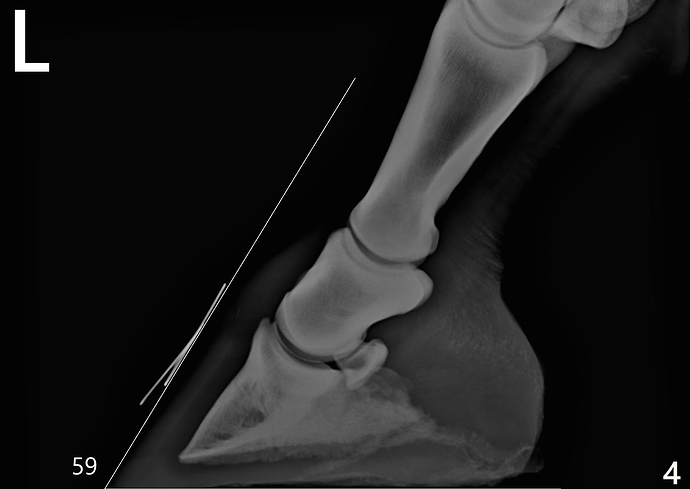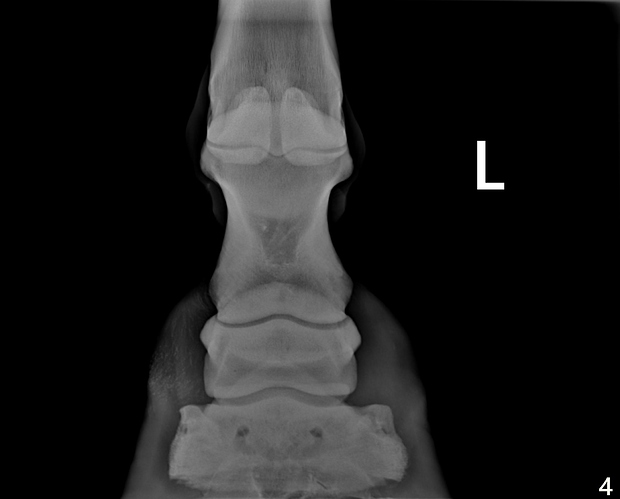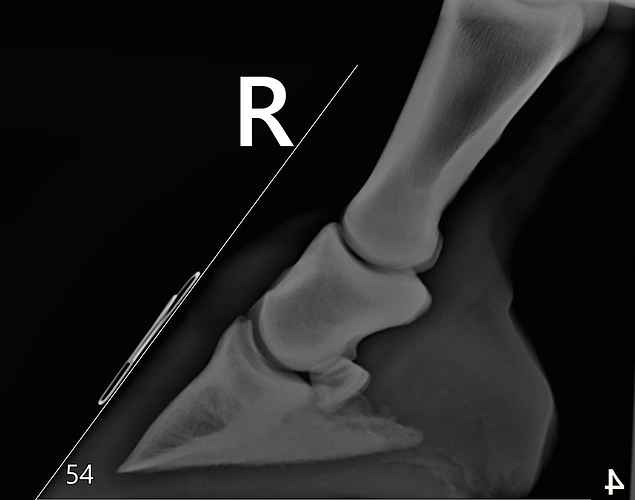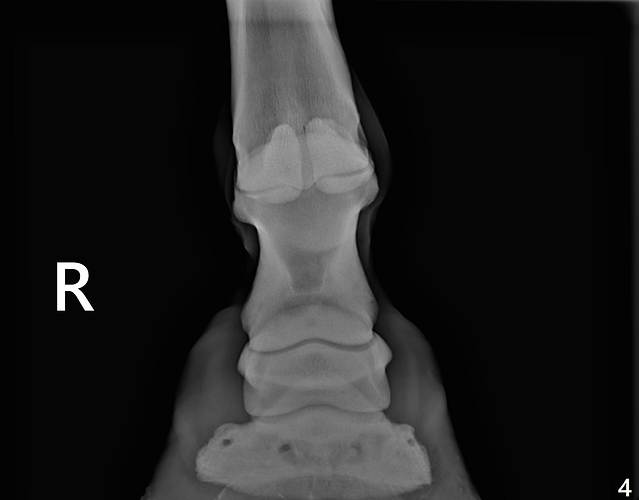Looking for some ideas from the Coth crowd.
I’ve got a 7yo warmblood mare who every few months comes up dead lame while I’m riding or just as we finish. W-T-C both ways, sometimes jump, and then when we come back to a walk to cool out or take a break she’ll shorten right up and by the time I hop off and get her back to the barn she can barely walk. She’s weight bearing, no sweating or cramping. No heat or swelling. Just very short steps. Usually the left front steps shorter, but on one occasion the right front was short (videos of multiple episodes). Within about 12 hours she’s almost completely sound again. And then she can go months without an episode. Because of this I’ve never been able to get a vet out to block or do an exam when she’s actually lame.
This first happened two years ago when she was 5. I do feel that she doesn’t move as well now as she did as a 3yo, and she can be pretty nappy at the beginning of a ride. Tends to be stiffer tracking to the left.
We don’t suspect tying up as there is no visible cramping, no sweating, and doesn’t seem to be related to the actual amount of work that she’s done.
Her left front is borderline clubby, it’s smaller and more upright than the RF. She’s been barefoot most of her life. We tried shoes back in 2022 for two cycles, no change, so pulled them going into winter and left them off.
Late December 2023 she had an episode so I had my vet out the first week of January for x-rays of her feet. I unfortunately couldn’t be there. Report from the vet was that she was sound but “lazy” on the lunge. No reaction to hoof testers. In person she said that the x-rays were normal. In her report she said mild navicular bone changes on lateral view (LF), 65 degree navicular image within normal limits. RF was normal.
Vet suspected caudal heel pain, but the intermittent and short-lived nature of the lameness has made it impossible to block so far. We had farrier take her heel right down on the LF and then shoe with a very small wedge. RF just had a regular shoe.
She had another episode Monday evening while I was riding, she had her feet done Saturday, coincidence?. Staff said she was still slightly off Tuesday morning so I had a different old school vet come out. She was 1.5/5 lame, visible trotting on a small circle to the left, not visible on a straight line on hard ground. Vet said it wasn’t obvious enough to block. His working theory is that she’s faking it. I personally don’t think horses can fake a lameness to get out of work. I certainly don’t think they would still be faking it an hour or two later.
Anyway, hoping someone here has an idea? If we want to get an MRI done we would need to do it within the next month if we want it partially covered by insurance.
I’ve attached the x-rays, and I’ll figure out how to post a couple short videos.





